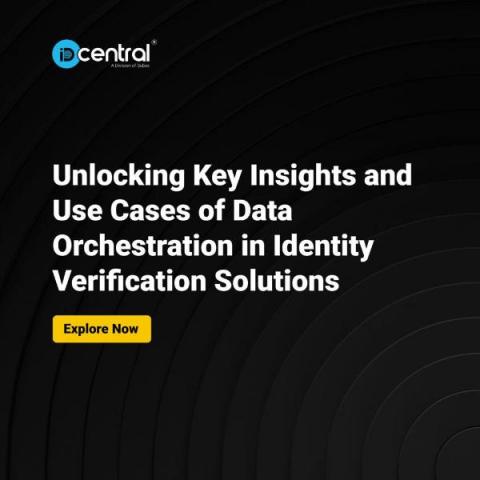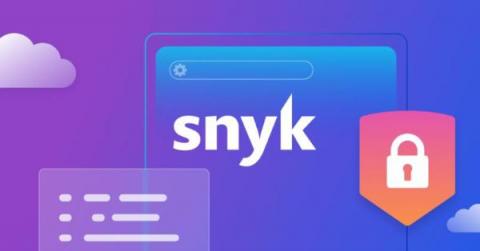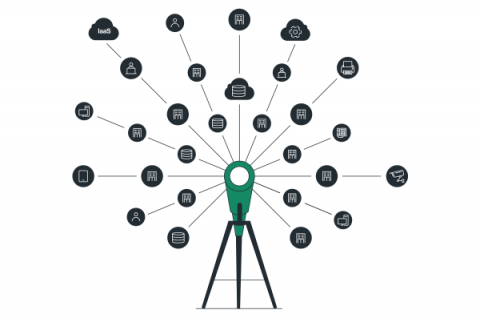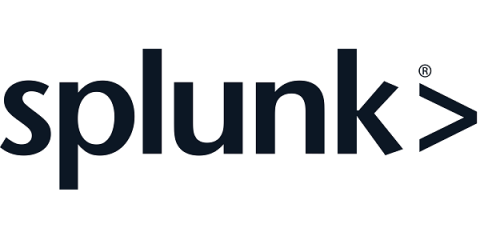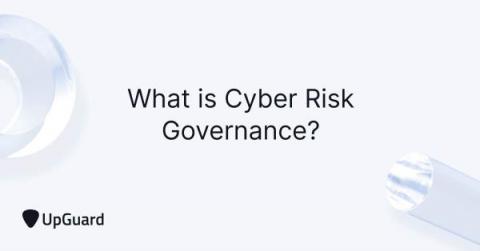Making the Business Case for PAM Deployment
Privileged Access Management (PAM) solutions are designed to protect organizations from a variety of threats that target privileged accounts, credentials and access. These solutions help to secure, manage and monitor access to critical systems and sensitive data.




